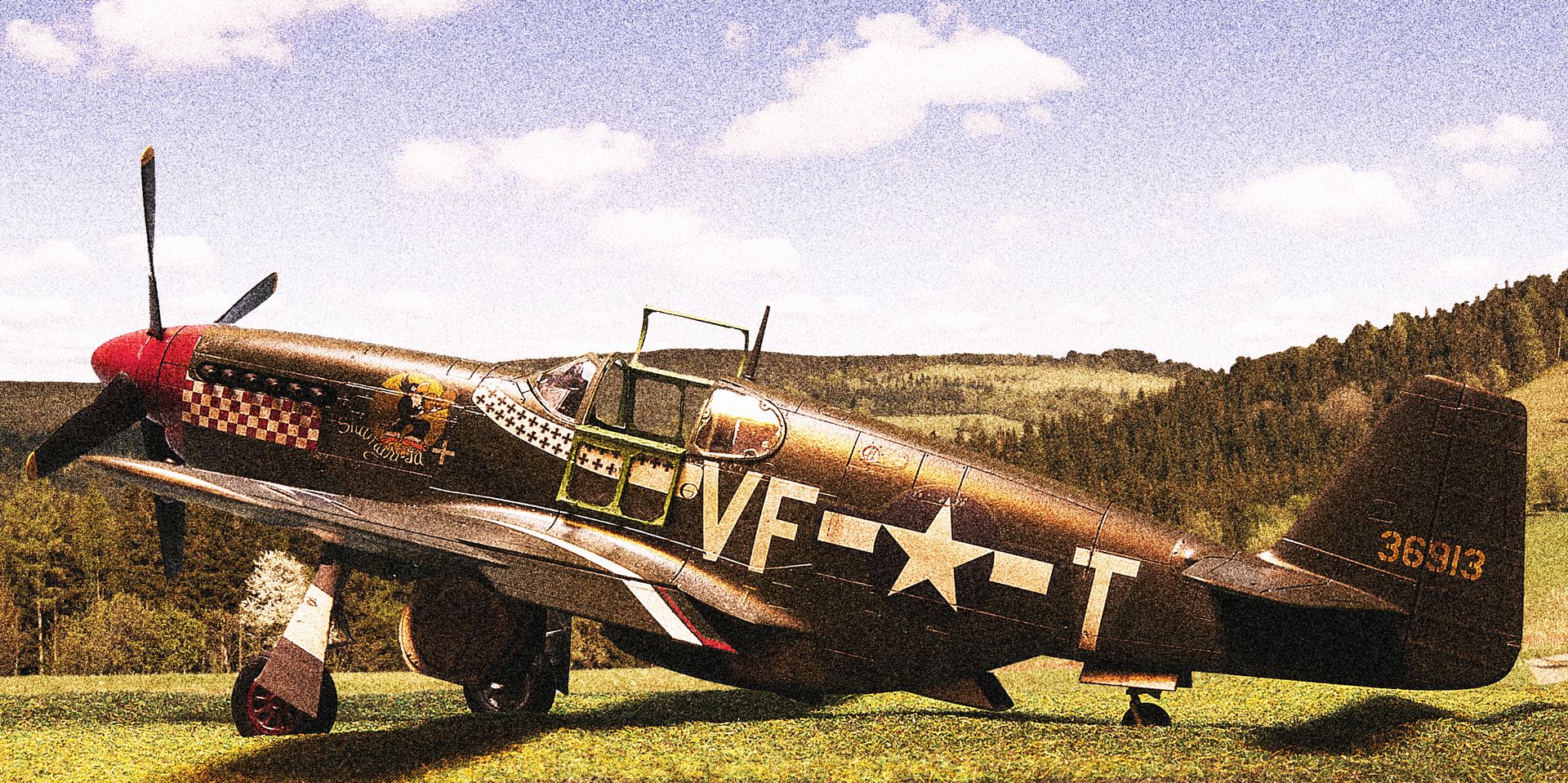Hoping somebody on here knows their stuff and can pat me on the head for asking such stupid questions, but here goes!
I'm trying to get into dioramas, or at least to build a nice little shooting mat that I can combine with Photoshop to churn out some realistic "in environment" photos.
Here's my proof of concept for the idea:

One aspect of all this is laying down realistic grass, and so I'm planning to build a static grass applicator to use with flock grass. I've watched the tutorial on building such an applicator out of a Harbor Freight electric flyswatter and that much, at least, makes sense (from offroading an old Land Rover, I do have experience wiring things in creative ways).
But even in the video, it seems rather underpowered.
I've seen on some other forums people tracking down ion generators or some such, but I'm wondering - why wouldn't any electrical circuit work?
The concept, as I understand it, us that the positive lead goes to the grass hopper. The ground goes to a small nail driven into the diorama base. This then automagically generates the static electricity that makes the flock fibers stand vertically.
But why wouldn't that be the case with anything with a positive and negative? I mean, could a flashlight's guts be modified to work? Or literally any power supply, some wires, and an on-off switch?
Or am I being silly?
On the Bench: 1/32 Trumpeter P-47 | 1/32 Hasegawa Bf 109G | 1/144 Eduard MiG-21MF x2
On Deck: 1/350 HMS Dreadnought
Blog/Completed Builds: doogsmodels.com